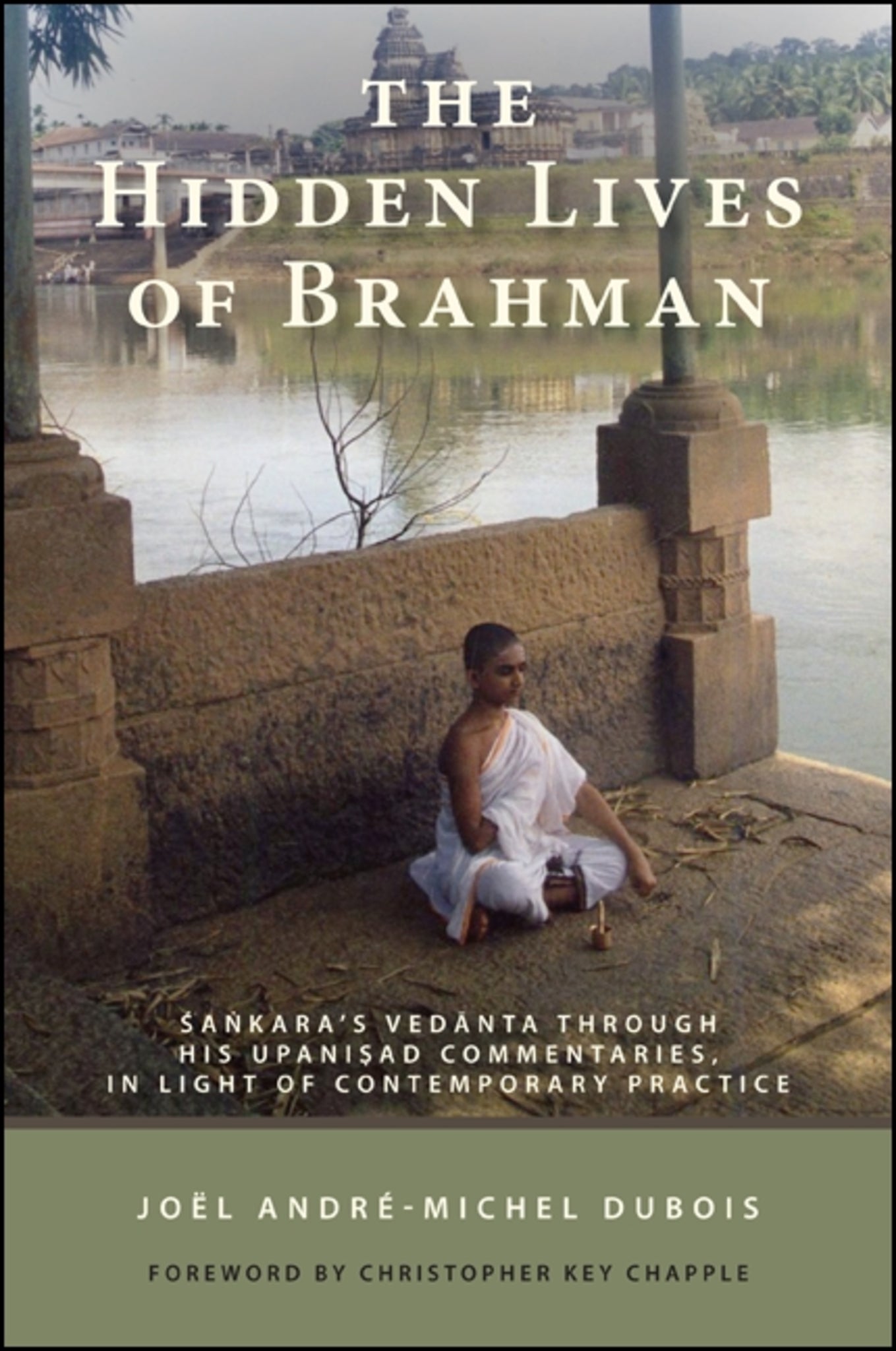We're sorry. An error has occurred
Please cancel or retry.
The Hidden Lives of Brahman

Some error occured while loading the Quick View. Please close the Quick View and try reloading the page.
Couldn't load pickup availability
- Format:
-
02 January 2015

Uses both textual and ethnographic sources to demonstrate that in Śaṅkara's vedānta, brahman is an active force as well as a transcendent ultimate.
Finalist for the 2014 Best First Book in the History of Religions presented by the American Academy of Religion
Śaṅkara's thought, advaita vedānta or non-dual vedānta, is a tradition focused on brahman, the ultimate reality transcending all particular manifestations, words, and ideas. It is generally considered that the transcendent brahman cannot be attained through any effort or activity. While this conception is technically correct, in The Hidden Lives of Brahman, Joël André-Michel Dubois contends that it is misleading.
Hidden lives of brahman become visible when analysis of Śaṅkara's seminal commentaries is combined with ethnographic descriptions of contemporary Brāhmin students and teachers of vedānta, a group largely ignored in most studies of this tradition. Du bois demonstrates that for Śaṅkara, as for Brāhmin tradition in general, brahman is just as much an active force, fully connected to the dynamic power of words and imagination, as it is a transcendent ultimate.


"The central idea of a multifaceted braham in Śaṅkara's thought is original and will be well received." — Frederick Smith, coeditor of Modern and Global Ayurveda: Pluralism and Paradigms
"The author's detailed descriptions of the actual pedagogical practices of contemporary Brāhmin training is a welcome contribution. One gets a real sense of the teacher-student relationship from this book." — Andrew O. Fort, author of Jīvanmukti in Transformation: Embodied Liberation in Advaita and Neo-Vedānta
"[Dubois] captures the sounds, sights, and tastes of India's Brāhmin schools and centers of study, conveying a sense of what he calls the 'hidden lives' of young people who later emerge to carry on the tradition of advaita vedānta. In elegant, descriptive language, Dubois evokes the mood and energy of the daily life followed by these young men as they prepare for highly specialized careers." — from the Foreword by Christopher Key Chapple
Illustrations
Pronunciation of Sanskrit Words
Foreword
Preface
Abbreviations
1. Introducing Brahman: The Hidden Lives of Śaṅkara’s Vedānta Teaching
Part 1: Envisioning Brahman
2. Attending to Brahman: Upāsana Practice Past and Present
3. Learning Brahman: The Daily Life of the Brahmacārin
4. Envisioning Veda: First-Person Declarations in Śaṅkara’s Upaniṣad Commentaries
Part 2: Imagining Brahman
5. Conditioning the Mind for Brahman: Saṁskṛta Training Past and Present
6. Perfecting the Life of Brahman: The Training of Saṁskṛta Paṇḍita
7. Perfecting the Vedic Imagination: Imagery and Rhetoric in Śaṅkara’s Upaniṣad Commentaries
Part 3: Perceiving Brahman
8. Thinking Deeply About Brahman: The Two Mīmāṁsās, the Lost Art of Yajña, and the Hidden Structure of Brahman
9. Giving Up the Inconstant Brahman: Contemporary Saṁnyāsins and Aspiring Renouncers
10. Discerning the Paradox of Veda: Ritual Activity and Insight in Śaṅkara’s Upaniṣad Commentaries
Conclusion: Brahman as Center and Periphery
Appendix: Diagrams of Key Concepts
Notes
Bibliography
Index



